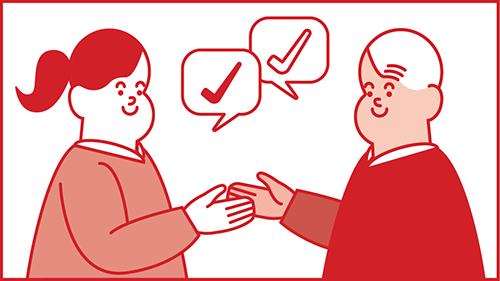Never miss a story — sign up for PLANSPONSOR newsletters to keep up on the latest retirement plan benefits news.
Preliminary Research Finds 401(k) Plans Benefit Low-Income Workers More
December 13, 2011 (PLANSPONSOR.com) – New research has found low-income workers receive more benefits from participating in a 401(k) plan than do higher-income workers.
The Center for Retirement Research at Boston College released a new brief titled “Do Low-Income Workers Benefit From 401(k) Plans?” The brief’s authors’ Eric Toder and Karen E. Smith challenge the assumption that only high-income workers benefit from the tax incentive 401(k) plans offer. The authors test whether employer contributions may actually increase total compensation for low-income workers, who may be more reluctant than high-income workers to accept wage reductions in exchange for retirement savings contributions.
According to the brief, studies find 401(k)s disproportionately benefit high-income workers because they have higher participation and contribution rates than low-income workers, and they receive higher tax benefits from each dollar of contribution.
The researchers used a sample consisting of workers offered a 401(k) plan who have held their current job for one to five years and also had a prior job. The goal of the analysis was to determine the effect of employer 401(k) contributions on earnings, and whether the effect differs for low-income and high-income workers, controlling for other factors that could influence earnings.
The results show that, holding other determinants of earnings constant, additional employer contributions do reduce wages and the size of the reduction does vary by income level. These results are all statistically significant. The question of interest concerns the absolute dollar reduction in earnings associated with an additional dollar of employer 401(k) contributions. The final calculation shows that, among male workers, an additional dollar of employer 401(k) contributions replaces 90 cents of wages for those with high incomes, but only 29 cents for those with low incomes. Among female workers, an additional dollar of employer 401(k) contributions replaces 99 cents of wages for those with high incomes, but only 11 cents for those with low incomes.
These results support the notion that the fringe benefit/wage tradeoff can vary for workers at different income levels. For high-income workers, additional 401(k) contributions are almost fully offset by lower wages. For low-income workers, additional contributions reduce wages only modestly – by just 11 cents to 29 cents per dollar – suggesting that employer contributions increase total compensation for lower-income workers.
The preliminary findings imply that low-income workers receive a benefit that is separate from the tax deferral: their total compensation rises due to 401(k) contributions from their employers.
In order to test this theory, the authors’ main data source for analysis was the Survey of Income and Program Participation (SIPP), a nationally-representative longitudinal survey of households conducted by the U.S. Census Bureau. The SIPP provides data on demographic characteristics of workers and job characteristics, such as whether workers are offered a pension plan and whether and how much employers contribute to a plan. The analysis uses data that matches the 2004 and 2008 panels of the SIPP with longitudinal Social Security administrative earnings data from the Summary Earnings Records and Detailed Earnings Records.
The writers state the main reason low-income workers would prefer income verses fringe benefits like 401(k) contributions is became the income meets their immediate needs, rather than their additional savings. Another reason is low-income workers who have no income tax liability or are in the 10% tax bracket gain much less from the availability of tax-free accrual in a 401(k) than high-income workers.
Toder and Smith say in theory employers could respond to worker preferences by structuring compensation differently for low- and high-income workers. They could pay low-income workers relatively more in wages and less in fridge benefits and vice versa for high-income workers.
The Issue Brief is here.




